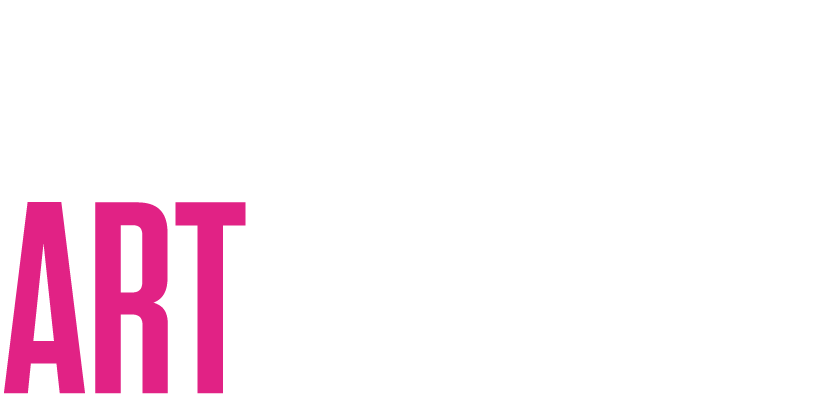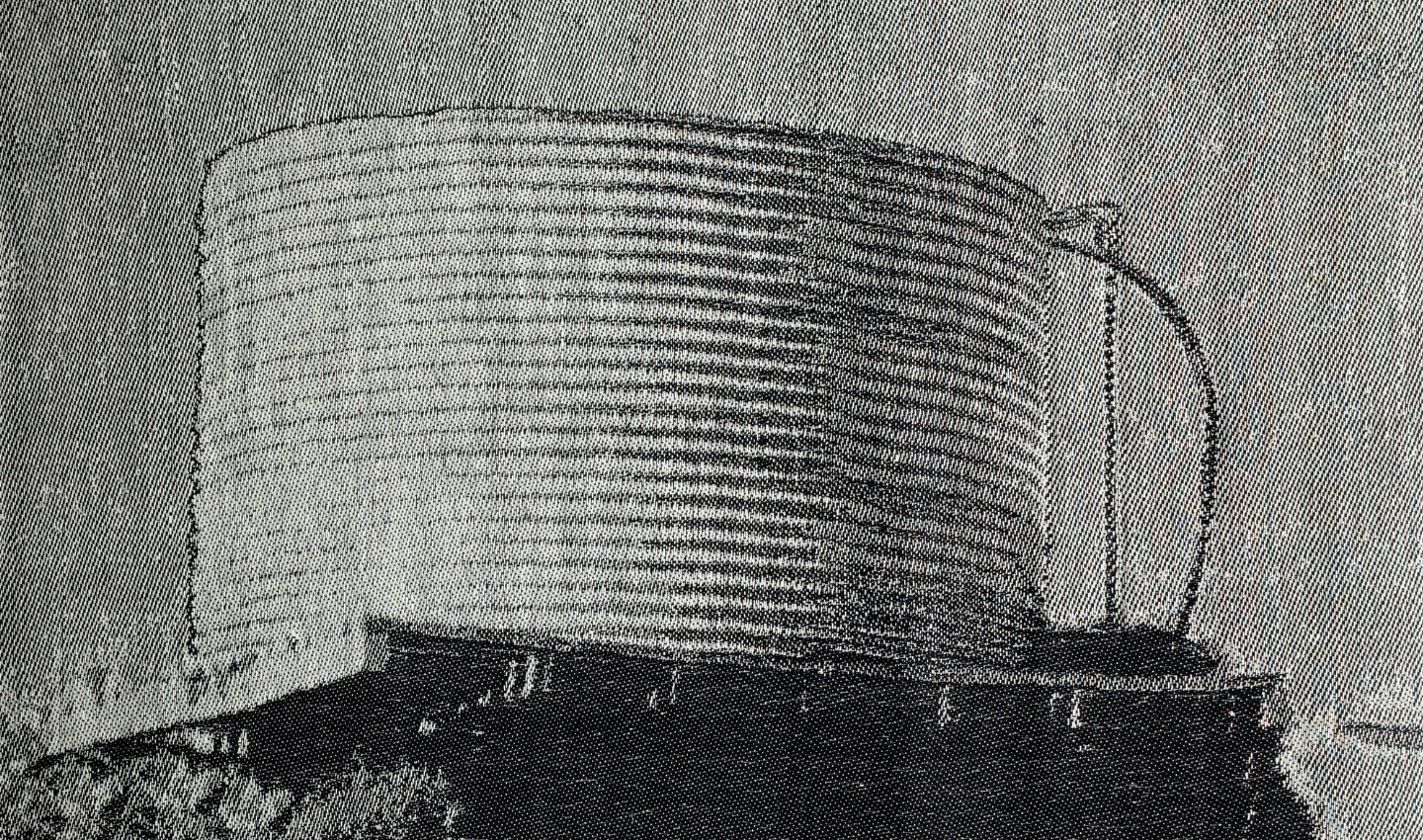Q&A: Liz Williamson on With Every Fibre of Our Being
Liz Williamson, a renowned weaver and academic, has spent more than four decades crafting intricate designs on her loom. With a passion for exploring the new and experimenting with weaving techniques, Williamson’s work results in one-of-a-kind pieces that capture attention and have earned her a national and international profile.
With Every Fibre of Our Being: Textiles from the Collection examines the diverse relationships with fabric and fibre, and features some works by dozens of artists including some incredible pieces by Liz Williamson purchased for our collection in 2004.
We spoke to Liz and asked her about her practice, this exhibition, and her views on textiles in contemporary context.
Tell us a little about yourself and your art practice. What is your driving motivation to ‘make’?
I’m a weaver living and working on Gadigal and Wangal lands in Sydney. I’ve woven for decades exploring various ideas, creating unique woven structures on various types of looms, informing my practise with relevant research. I ‘make’ to realise ideas and often make to a challenge of what I want to achieve.
How did you feel on learning your works were included in With Every Fibre of Our Being?
Delighted that the ‘Tap’, ‘Tank’ and ‘Hose’ from the ‘Convey’ series were being shown again at Wollongong Art Gallery in 2024. The three Jacquard woven pieces were acquired in 2004 so it’s a long time since I’ve seen them. Visiting Wollongong Art Gallery recently, it was a great pleasure to see them and hear colleagues’ complimentary comments about the works.
I thought that the exhibition, With Every Fibre of Our Being was terrific especially showing works from various time periods – 1970’s to now - and it was particularly well presented.
What meaning lies behind this specific work, and can you explain the technique and process used?
Individually labelled ‘Tap’, ‘Tank’ and ‘Hose’, all from the ‘Convey’ series, these pieces were made especially for an exhibition titled ‘Water Medicine: Precious Works for an Arid Continent' curated by Dr Kevin Murray and shown at the John Curtin University Gallery, Perth, WA before touring nationally during 1999-2001.
These artworks depict objects used to store and convey water - a tap, a hose and a tank – very typical objects found in Australian country areas and where water is gold. Indeed, the artworks were created from photos taken at our family home in Central Victoria. These artworks were woven by hand on a Jacquard loom. The image was created digitally from the photo, transferred digitally to the loom by file which controlled the lifting of the warp threads for the weft to be inserted by hand on a flying shuttle.
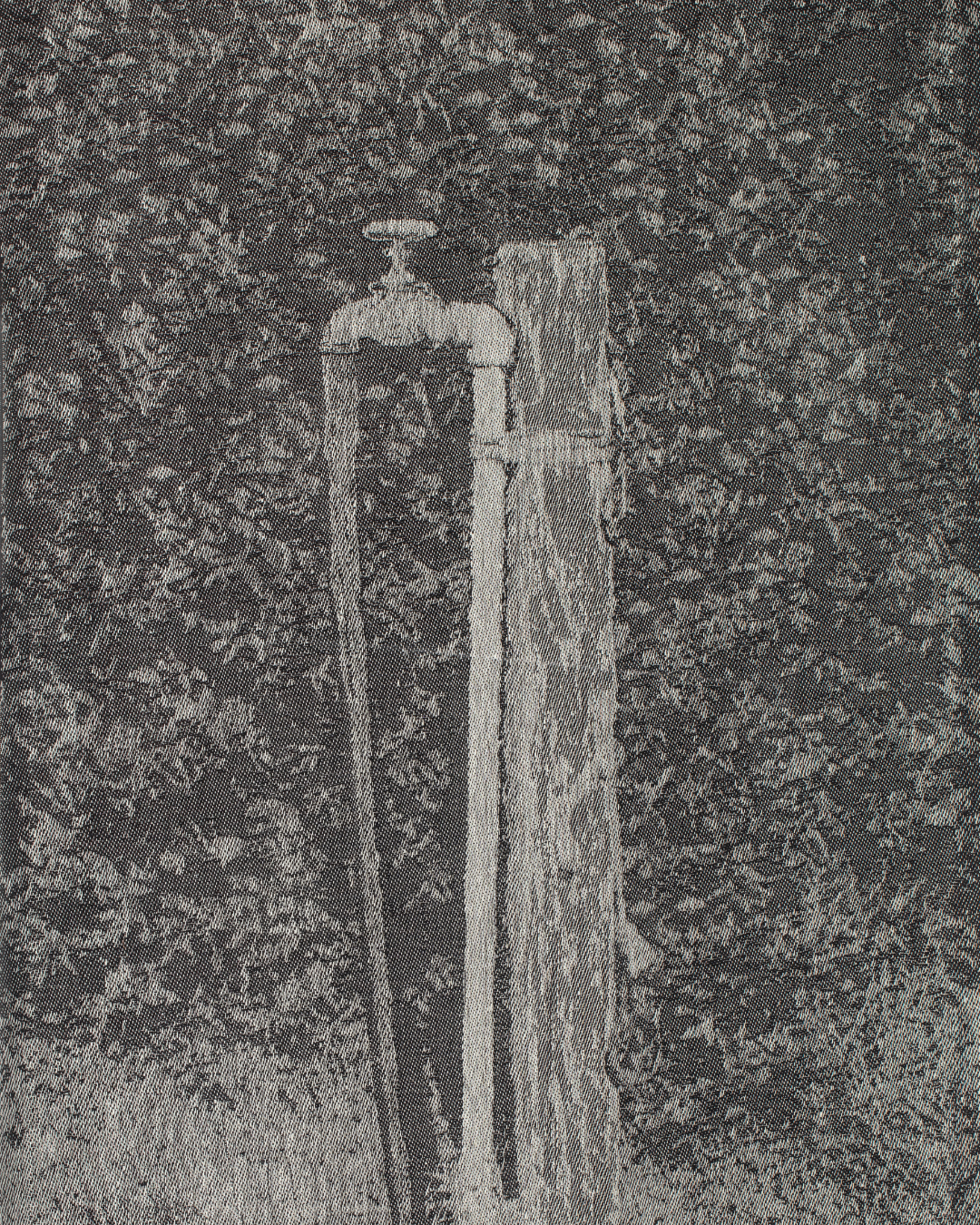
Image (detail): Liz Williamson, Convey – Tap, jacquard woven cotton and linen, 1999-2000, 105 x 60cm, Wollongong Art Gallery Collection, Purchased 2004.
How do you think this work relates to the much broader history of women and textiles, and what specifically interests you about textiles in a more contemporary context?
Women have always made things by hand to express their ideas, and although there are many examples of men playing an important role in textiles (for example, most weavers in India are men), textiles are seen as part of women’s work, especially women’s domestic work.
In terms of the contemporary context, there are so many pathways into textile practise be it from traditional artisan practises, new technologies, wellbeing, repair and repurposing to name a few. Currently local and international biennales exhibit so many different types of textile practice from traditional to contemporary, using hand and digital techniques. To an experienced practitioner, many lack skill, expertise and are a bit sloppy.
As Emeritus Professor Janis Jefferies mentioned at the opening of Diana Wood Conroy’s exhibition An Archaeology of Woven Tapestry ‘… at this moment textile … is disrupting the western art world through contemporary Biennials and Triennials, globally’.
Has your practice changed much since these works were acquired for our Collection?
My practise has changed significantly as I no longer use a Jacquard loom. When the ‘Convey’ series was woven, I went overseas to weave as there were no Jacquard loom in Australia that I could access. Since 2008, I’ve used my own looms focussing on projects woven on less complex looms.
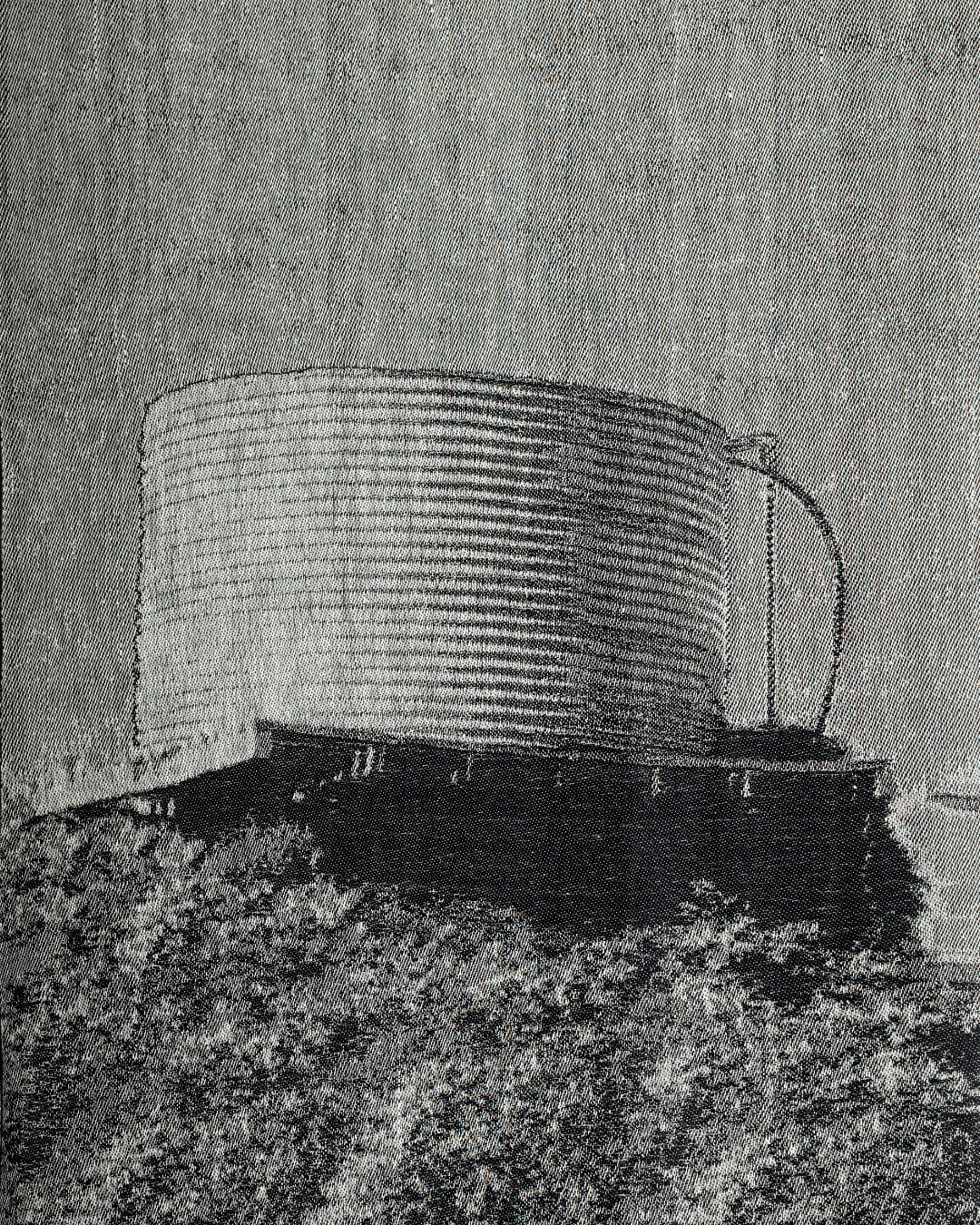
Image (detail): Liz Williamson, Convey – Tank, jacquard woven, cotton and linen, 1999-2000, 102.5 x 62cm, Wollongong Art Gallery Collection, Purchased 2004.
What do you value the most about your current practice and what direction are you planning to take it?
My current practise revolves around weaving with waste, excess and readily available materials and using what’s on hand to create interesting, relevant and contemporary woven pieces. It’s a challenge to create with materials that are seen as having ‘no use’, ‘no value’ or discarded, worthless or defective.
Having organised and woven a major collaborative project titled Weaving Eucalypts Project from 2021 to 2022 which was exhibited at UNSW Galleries in 2022 (touring to early 2025), I’m keen to develop another collaborative project using natural dyes with colleagues around Australia.
Do you think there is a resurgence of interest in textile and fibre art (or was it always so, irrespective of the World Wide Web or Internet) and why do you think this is?
Yes, there is definitely a resurgence of interest in textile and fibre art! There are numerous textile exhibitions being presented by regional galleries and touring nationally; textiles are included in major exhibitions; individuals are curating interesting exhibitions and individually, many artists are turning to textiles to comment on contemporary issues.
Be it the times or in a response to far too much time spent online, people are working with textiles. Textiles engage due to their tactile qualities, ability to convey histories, embedded memories and social and political associations. Textiles facilitate the exploration of ideas in response to the challenges of current contemporary issues. Textiles are hot everywhere!
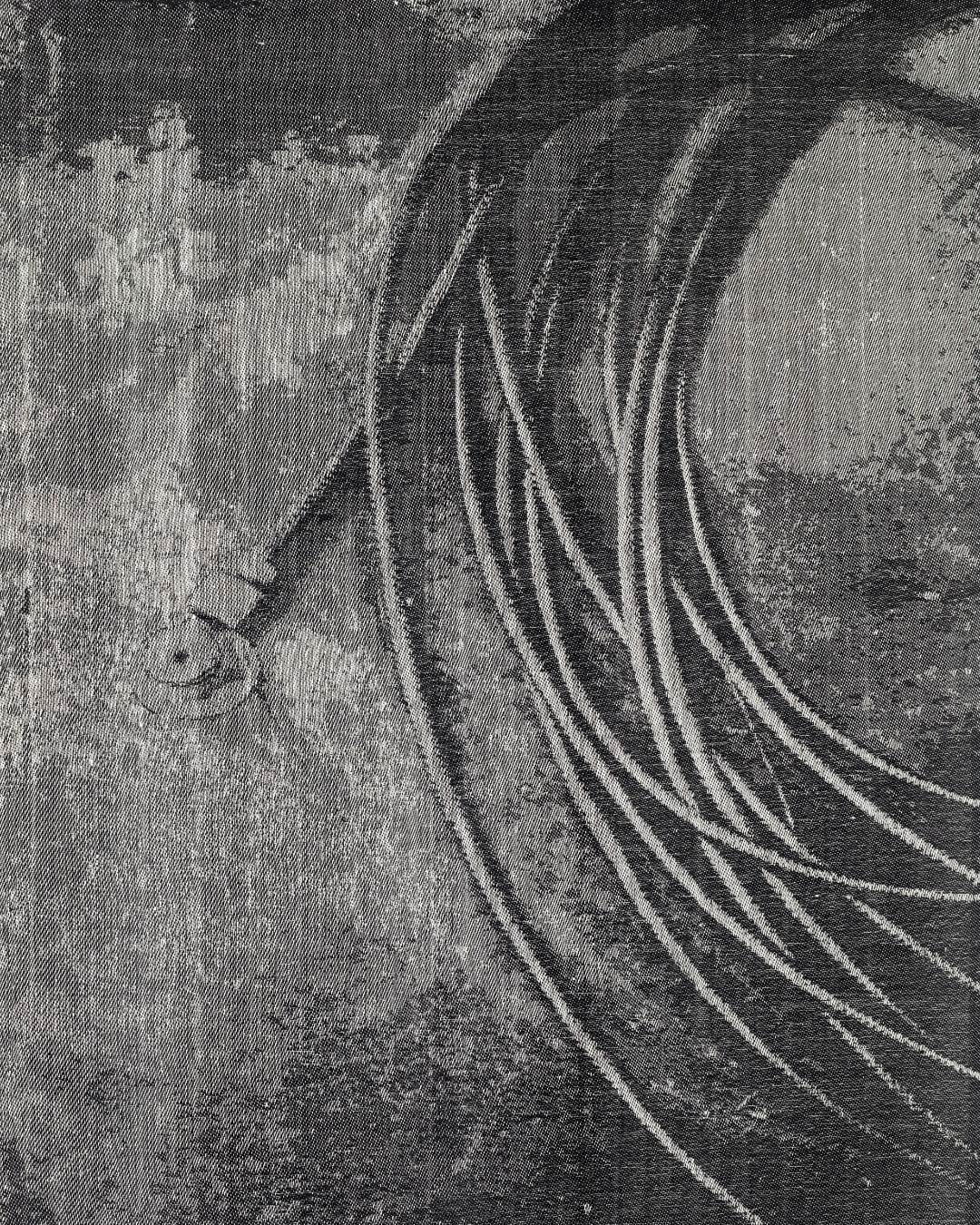
Image (detail): Liz Williamson, Convey – Hose, jacquard woven, cotton and linen, 1999-2000, 105x78cm, Wollongong Art Gallery Collection, Purchased 2004.
Image: (detail) Liz Williamson, Convey – Tank, jacquard woven, cotton and linen, 1999-2000, 105x78cm, Wollongong Art Gallery Collection, Purchased 2004.
